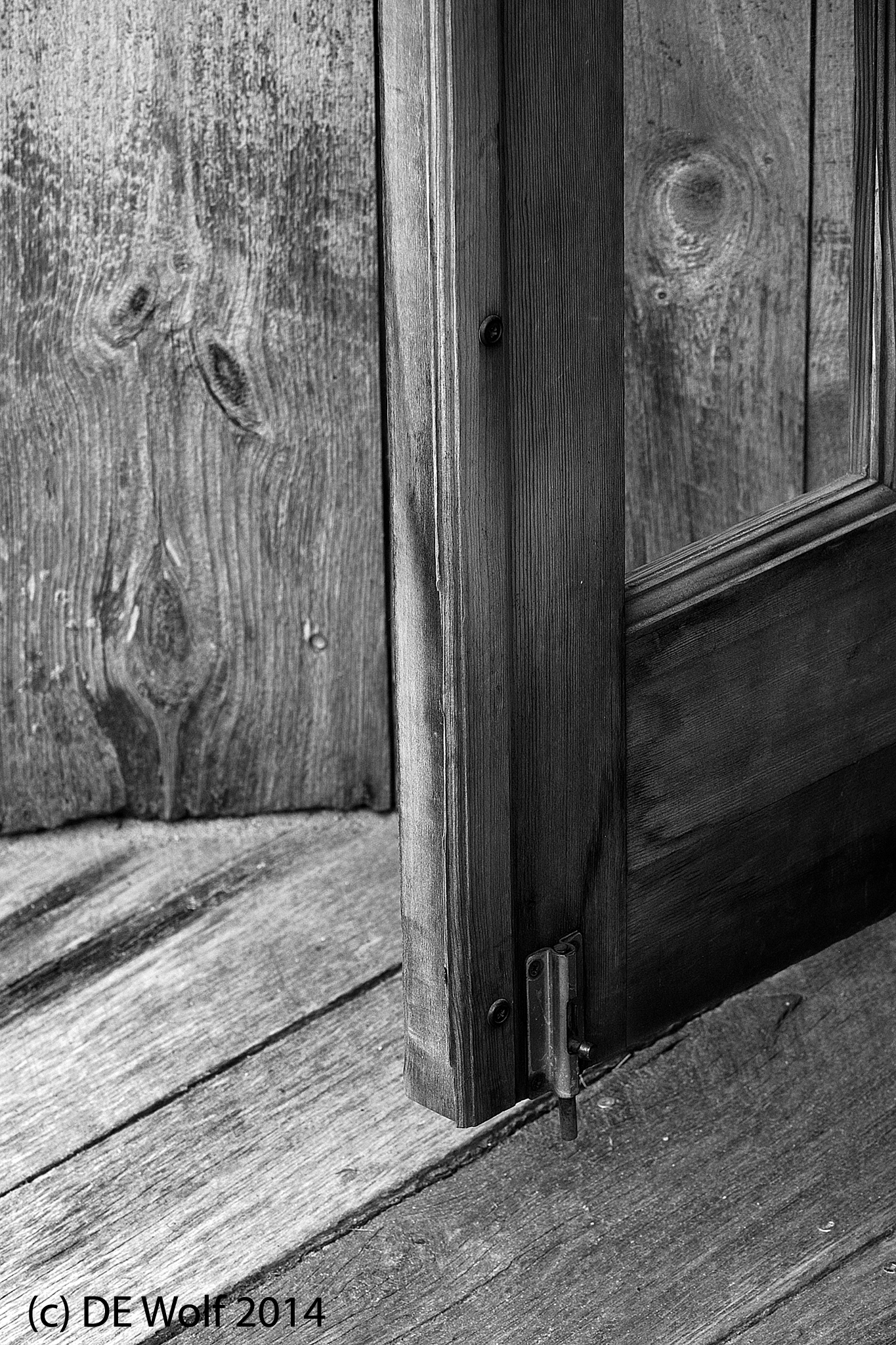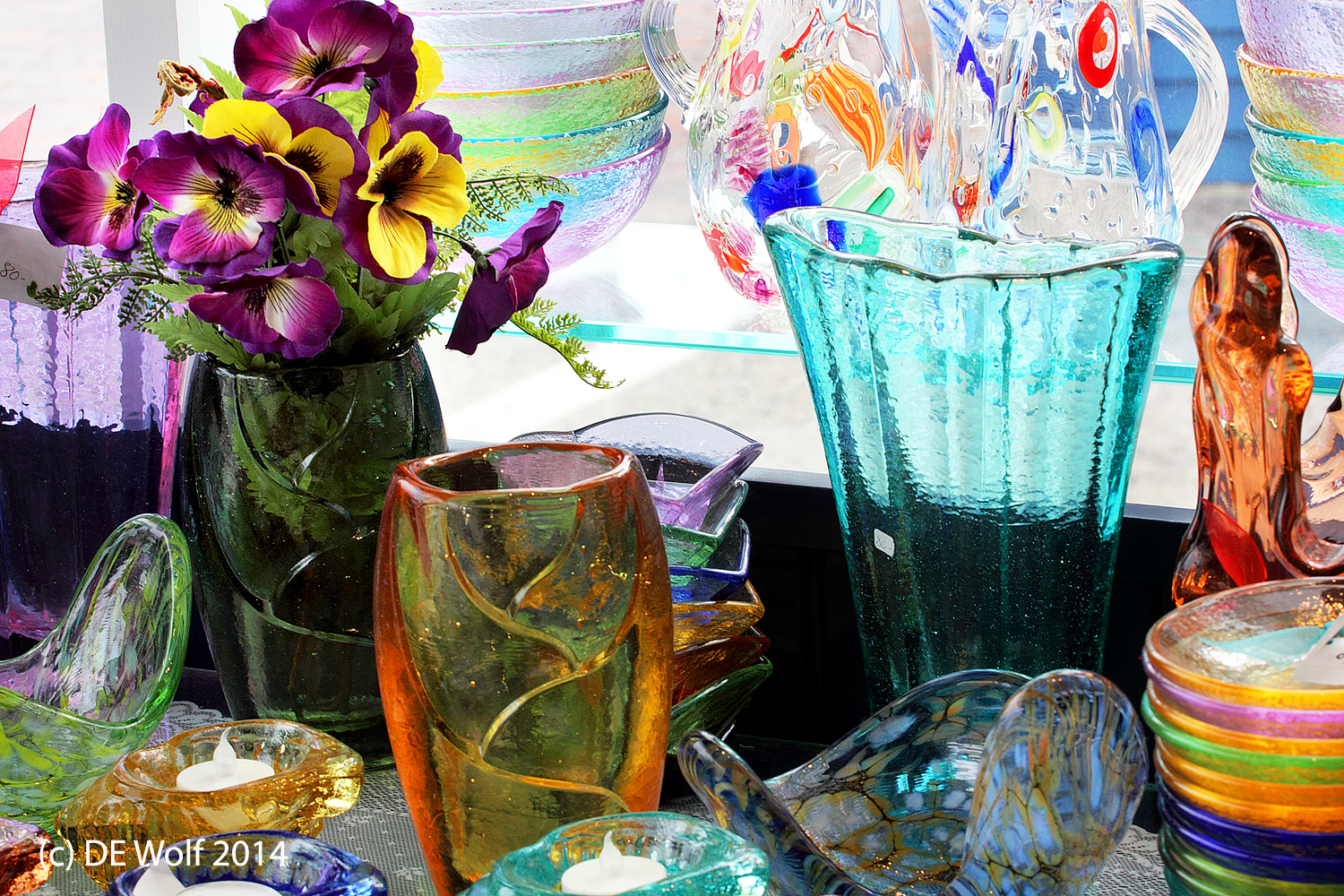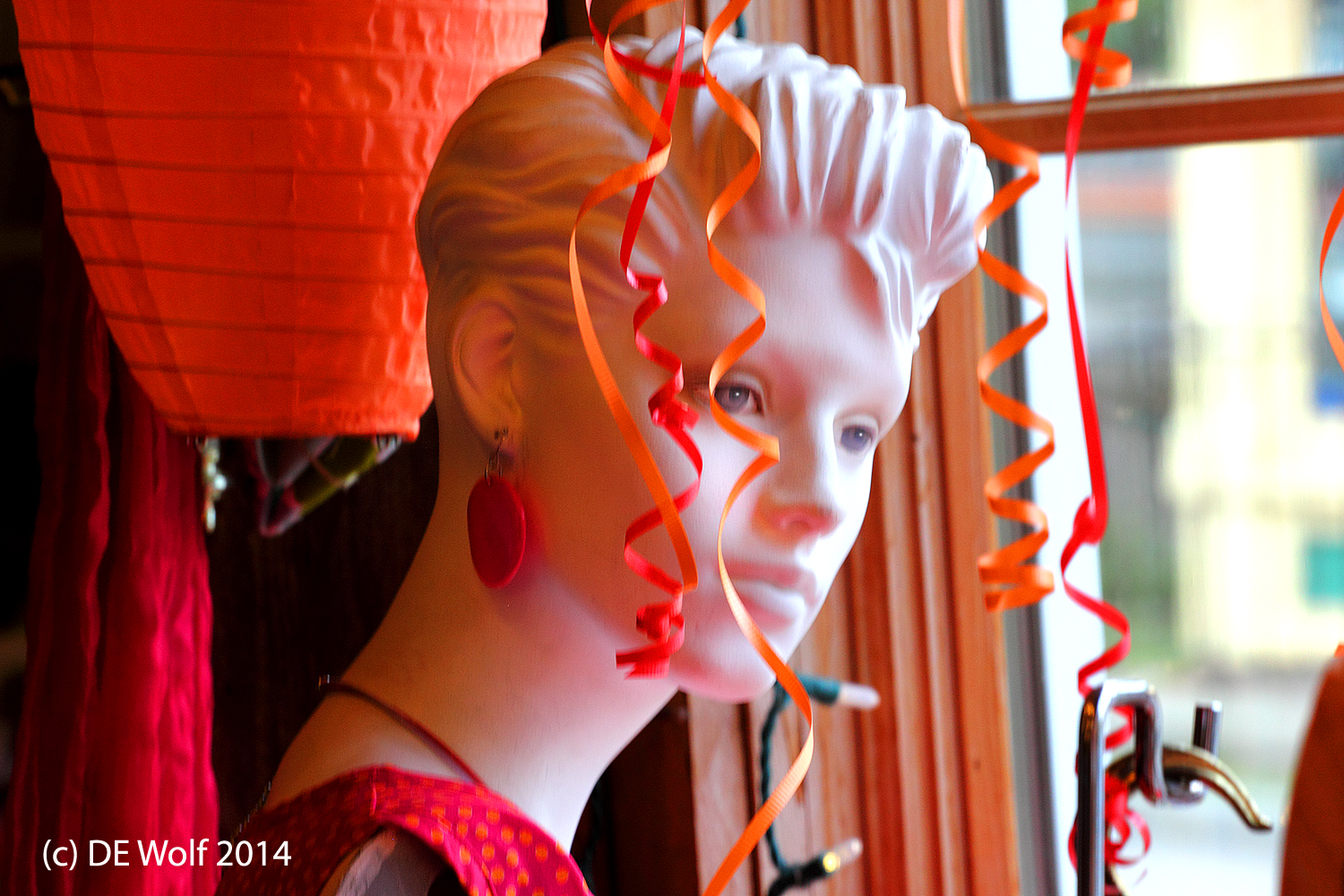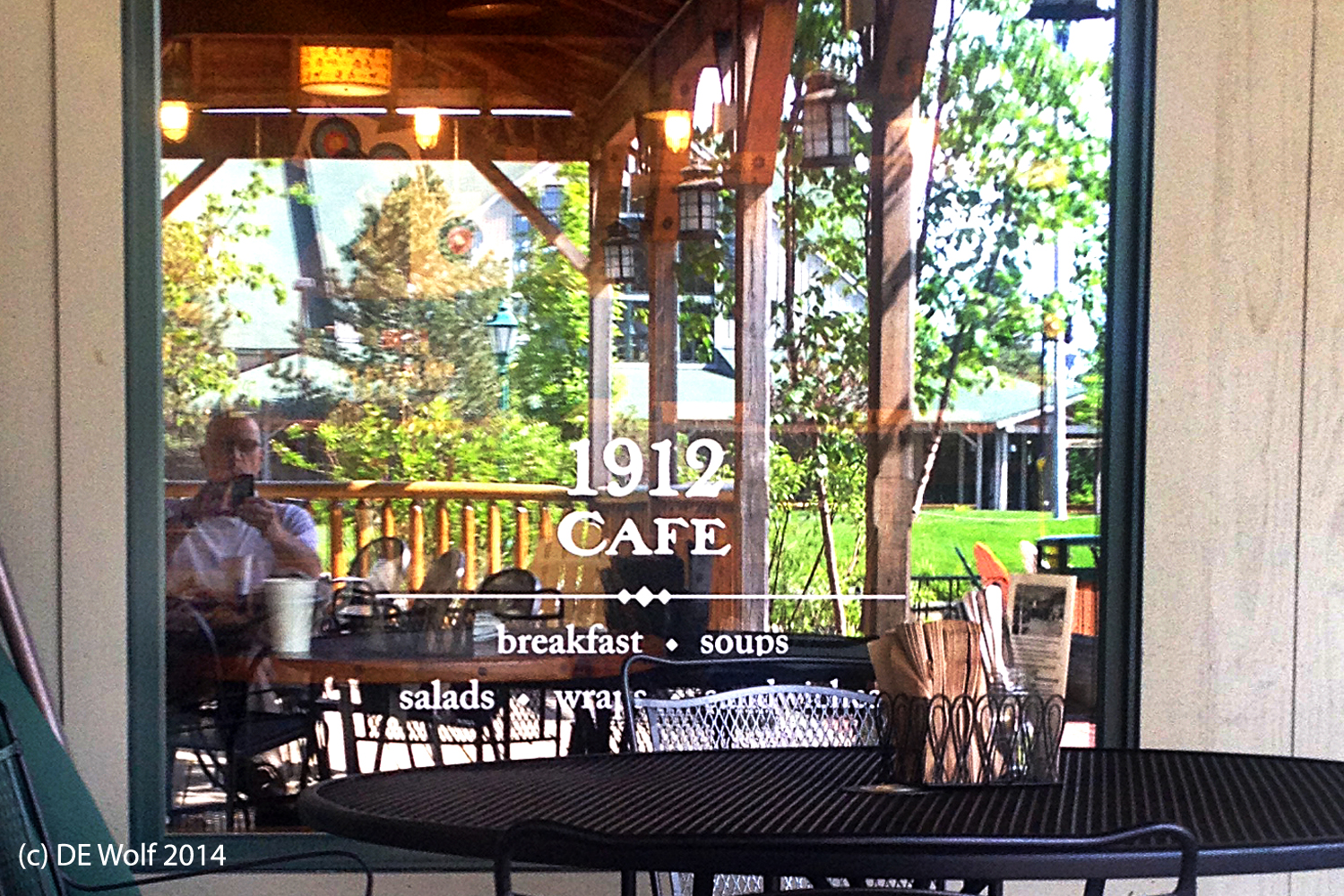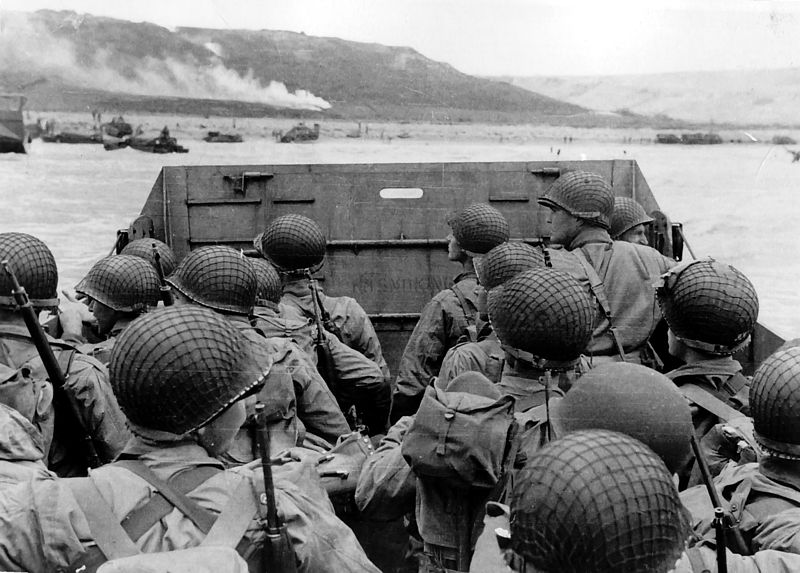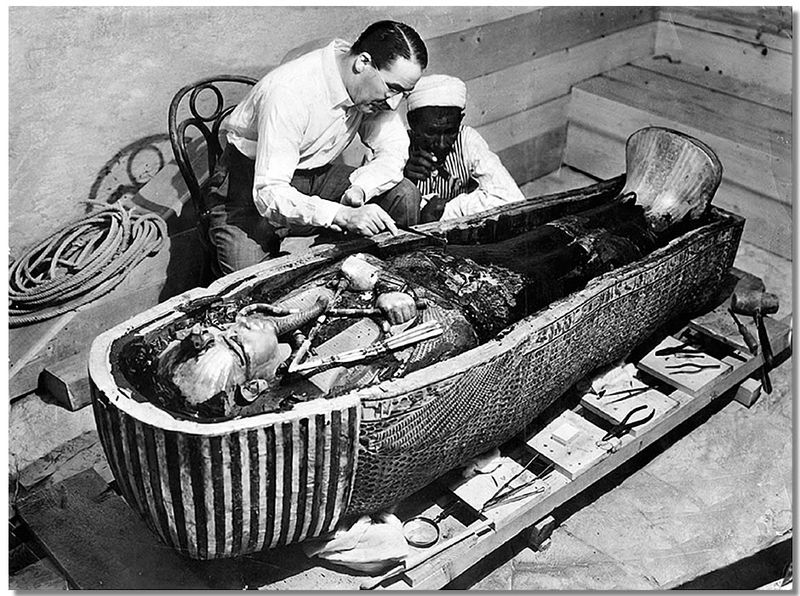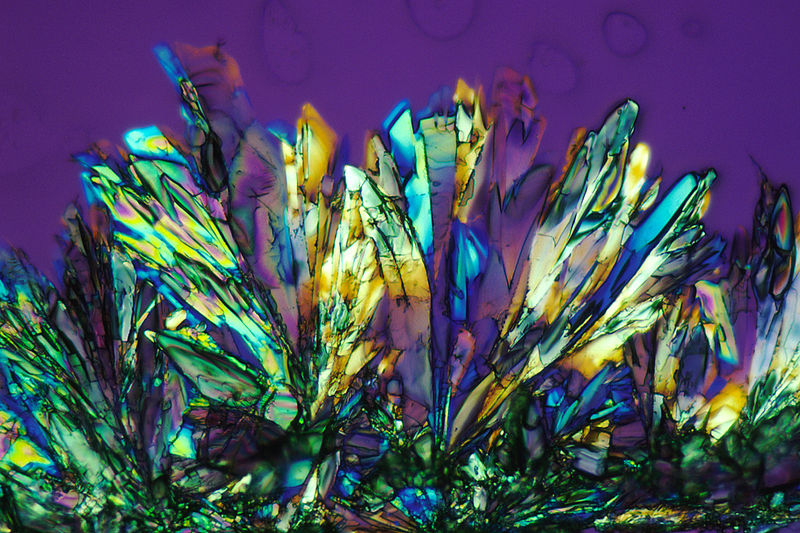Needless-to-say “Monochrome Me” wants to have his say today. As I said, it is the black and white image that I strive for, perhaps with just a touch of sepia tone. In my book toning is the one activity of photograph production that was more enjoyable in the chemical days. I mean, what could be better than exposing yourself to toxic selenium salts?
While a beautiful black and white photograph is an admirable object, neither the name “monochrome” nor the name “black and white” get us off on the right foot. He has a “monochromatic personality – is one dimensional, flat, cardboard like.” He sees everything as “black and white.” You see what I am talking about?
Seriously though, there is tremendous tonal dimensionality to a beautiful black and white photograph. It is not just about form, but also about the range of tones. The goal is to have brilliant, but not overpowering, whites, deep blacks, and everything in between. While limited ultimately by physics and physiology, the range should seem infinitesimally graded. Look for the faint forms in shadow and highlight. Therein, lies greatness.
While in Kennebunkport’s Dock Square earlier this week, I came upon this wooden door with a glass window and a very eccentric sloping step. I was immediately struck by the beauty of the weathered wood, the grains, and the knots. I knew right away that this would “work” photographically. And when I was working up the image I found myself drawn to the little face, the pareidolia, in the grain on the wall, by the wood knot behind the window, and by the simplicity of the door stop. People must have thought me a bit crazy standing there with my monopod mounted camera photographing a humble step and maybe I am.
EF70-200mm f/4L USM Canon lens at ISO 400, aperture-priority AE 1/200th sec at f/8.0, Exposure compensation -1, Lens at 84 mm.

